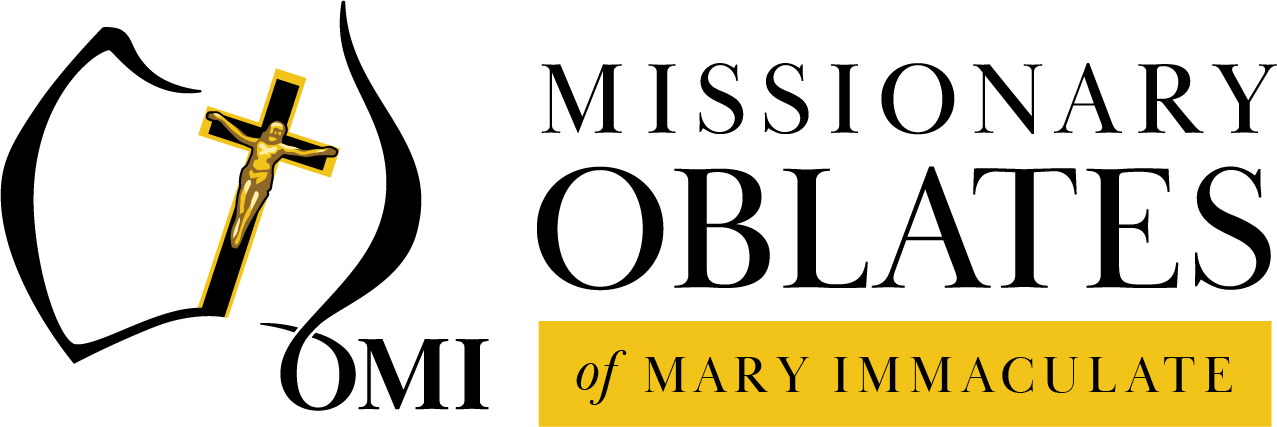125th Anniversary Reflection - Part 4
Reflection
The Oblates of Mary Immaculate are celebrating 125 years of serving the Church in Australia. It is an opportunity to give thanks for the past, to acknowledge the many blessings in our Province today and to prepare for another 125 years of service in Australia. The De Mazenod Family Gathering is an opportunity to build and strengthen connections between the Oblate ministries and explore structures for a Lay Association. Please keep the De Mazenod Family Gathering (14-18th August) in your prayers and continue praying for Vocations to the Priesthood and Religious life.
The following reflection is part of this journey, a series of reflections on our history written by Fr Austin Cooper OMI.
Continuing “Fremantle and the Oblates”:
Some local autonomy, and an expanding mission, gave the Oblates renewed confidence. The first section of the new Church was opened in June 1900. On Sundays some 1,960 people attended Mass and a total of 692 at four other centres: the Convent, Prison, North Fremantle and Cottesloe.
From 1910 Frs Smyth and Neville lived at North Fremantle. But these apparently prosperous years gave way to challenging times: in the 1919 influenza epidemic an Oblate served in Quarantine leaving only two serving the large scattered parish. Glendalough was soon to close and North Fremantle to be taken over by the Archdiocese thus reducing the Oblate Vicariate to one house. This led to some soul searching among Oblates. Did they have a viable future in Australia? The Vicariate Superior, Fr. Eugene Callan hoped a move to the East would help. The opening of Sorrento (Victoria) in 1926 did not prove an instant solution. Sorrento was not the holiday mecca of today but a quiet, remote village. Depression and the Second World War were further challenges. It is a great credit to the Fremantle Oblates that despite a contracted mission they battled on: they did not surrender, displaying the Oblate commitment to the virtue of Perseverance. Meanwhile local vocations were few: Andrew McCusker, (a Scottish migrant educated in WA) was the first to enter the Oblates in Australia and he had to travel to Ireland for his novitiate and seminary training. In the 1930s and 1940s the new novitiate at Lovely Banks, Geelong, also saw four local novices survive. Three of these were Fremantle contacts: Frank Thornton, Henry McFall and Joseph McCann.
The war years saw further pressures on the Oblates. Two members of the Australian group served as chaplains – Frs. William Byrne and Thomas Purcell, while hostilities prevented obtaining further personnel from the Anglo-Irish Province. However peace brought swift changes. There had long been Italians in the parish, but post-war migration saw their numbers escalate. Fr. Pietro Abrano was the first of a succession of Italian chaplains, the long serving Fr. Gaetano Nanni being the last. Some nine other Italian Oblates served here between 1960 and 1987: an enrichment which an international religious group can provide. At one time there were 1,450 Italians in the Fremantle area.
With the migrants came new styles of devotion such as the high profile annual blessing of the fishing fleet from 1948 and the devotion to the ‘Black Madonna’ (Our Lady of Tindari). Being a port city, seamen were a pastoral care and in 1947 Fr Dan Breslin began specific pastoral care for seamen which evolved into Stella Maris of which Mgr. O’Shea became chaplain in 1962.
Fr. James Sullivan was the parish priest responsible for constructing the new sanctuary of the church in a style dominated more by utility than a sense of beauty, thus fuelling a simmering tension with those who preferred the original plan. But Fremantle was a-changing: many people were moving out to new residential areas. Over time St. Patrick’s would need to re-invent itself.
